
Characteristics Shared Animal Structures

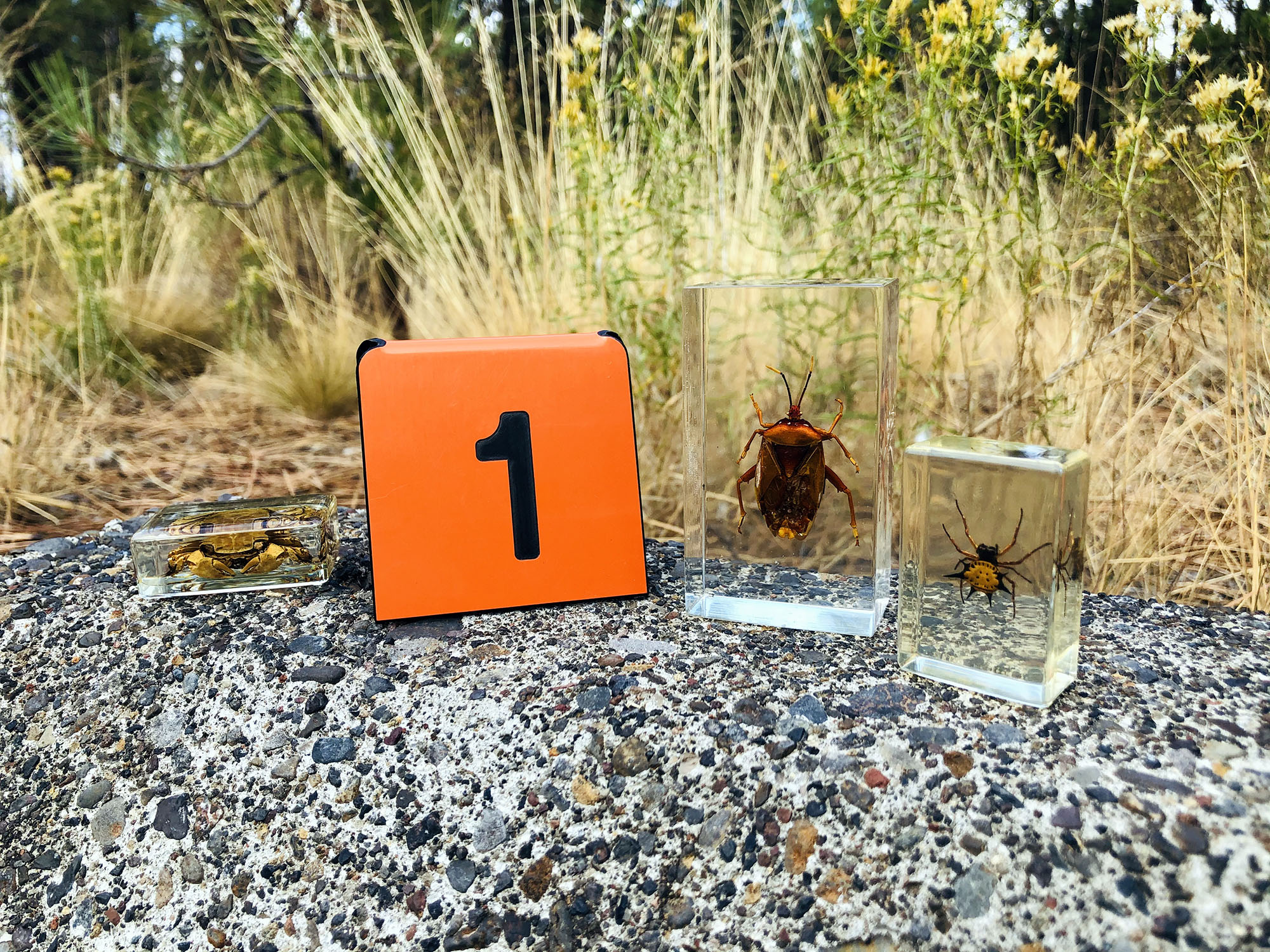
Characteristics Objectives
- List the basic shared characteristics of animals species.
- Describe the flexible nature of animal tissues and the size difference between eggs and sperm.
- Provide the characteristics of two Carnivoras, bears and otters.
We are beginning work on the final Portfolio for this course.
Your action item for this module will be to think about the format you would like to use. For example, some people prefer a book-like format they can carry with them and add objects like leaves and papers to over time. Other people like a digital version they can carry on a smart phone.
Your final portfolio will have 10 sections and be worth 20 points (20% of the course grade).
Introduction
You will be introduced to writing a introduction page in Module 10. Basically it is an overview to the portfolio format you have selected, including how your portfolio demonstrates achievement of course outcomes and how you may use the portfolio beyond this course.
Concepts
Three sections, each with a substantial body of work demonstrating understandings of:
Science Concepts
Biology Concepts
Environmental Biology Concepts
Skills
Three sections, each with a substantial body of work demonstrating the ability to carry out the processes used to develop science knowledge:
Science Skills
Biology Skills
Environmental Biology Skills
Connections
Three sections, each demonstrating ways science connects with the “real world” including other fields of study and everyday life:
Science Connections
Biology Connections
Environmental Biology Connections
This automatic video provides a more structured look at what your portfolio will contain.
You already have completed many of the media pieces and quiz answers that are a good fit for this portfolio.
Consider the format you would like to use to bring together your work.
Start this Guide’s media assignment here
Portfolio Plan
The final Portfolio for this course has two features:
1. demonstrates your achievement of the course outcomes
2. constructed so you may use it beyond this course
Consider examples of your work (media pieces and quiz responses) you have already completed that can match three of the nine course learning outcomes. This could be examples already provided in the portfolio video (above) or other work you have already completed.
Brainstorm possible portfolio formats to display your work. Consider:
-
what will best display your achievement of the nine outcomes?
-
what format will be something you may want to use in the future?
-
What would be the most motivating format to start building right now?

Be creative with the format. For example, you could arrange your work in a space and give a video tour of the various parts of the portfolio. Or you could make a presentation with different slides showing your work. Or you could plan your own “Environmental Biology” museum with different galleries representing the outcomes and displaying your work.
Upload to Canvas:
-
A list of three pieces of work you have already completed matched with the learning outcome each piece of work represents. You will probably add other work to each of the nine outcomes as the course progresses, this is just the start of populating your final portfolio.
-
A description of the portfolio format you are thinking of using. Include why you chose this format: why you think it will be an effective format to display your achievement of the course outcomes and why you think you may use the selected portfolio format into the future.
Note: You can alter your portfolio format as you construct it if you come up with a better idea. This assignment gets you started on the process.
Kingdom Animalia
Animals are one of the most popular topics we cover in biology, possibly because animals are such an integral part of our lives.
Look around you. How many animal-related items are you surrounded by each day? We will expand on the background knowledge you already have in this guide and guides to come.
What is an animal?
You have been learning about animals your entire life. Based on your experiences, list at least three characteristics that separate animals from other types of species.
How did you do?
The most common responses are: animals move, animals have many many cells, and animals eat other organisms.
General Animal Characteristics
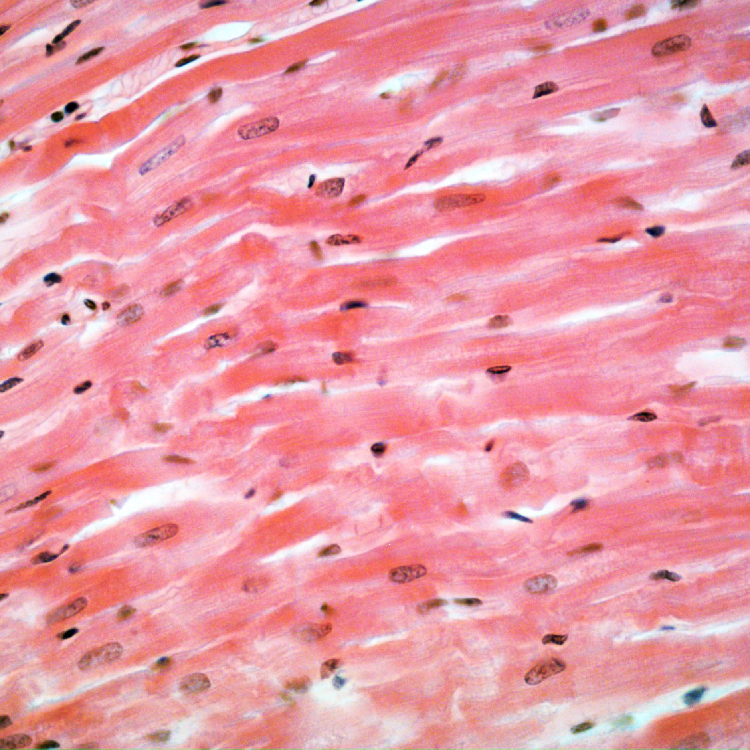
Multicellular
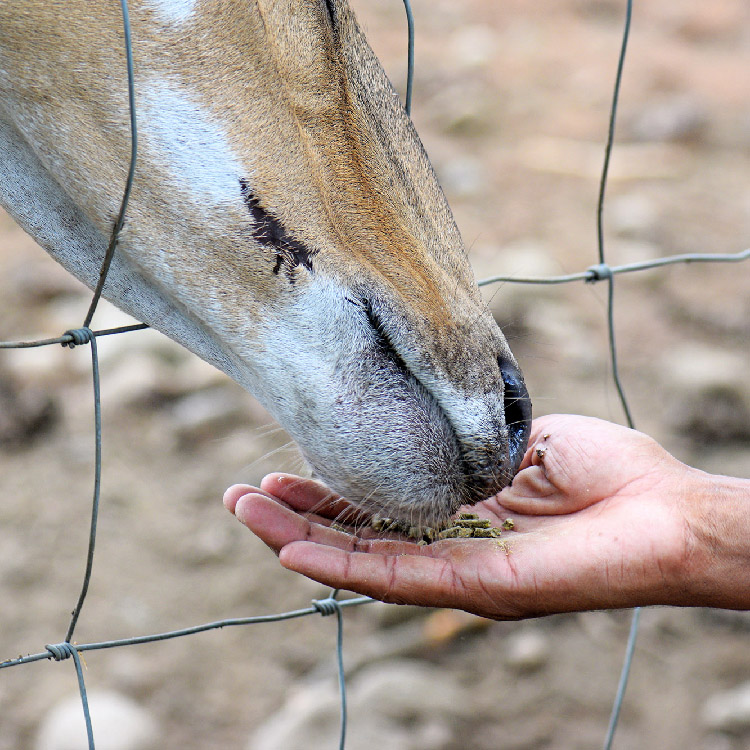
Feeding
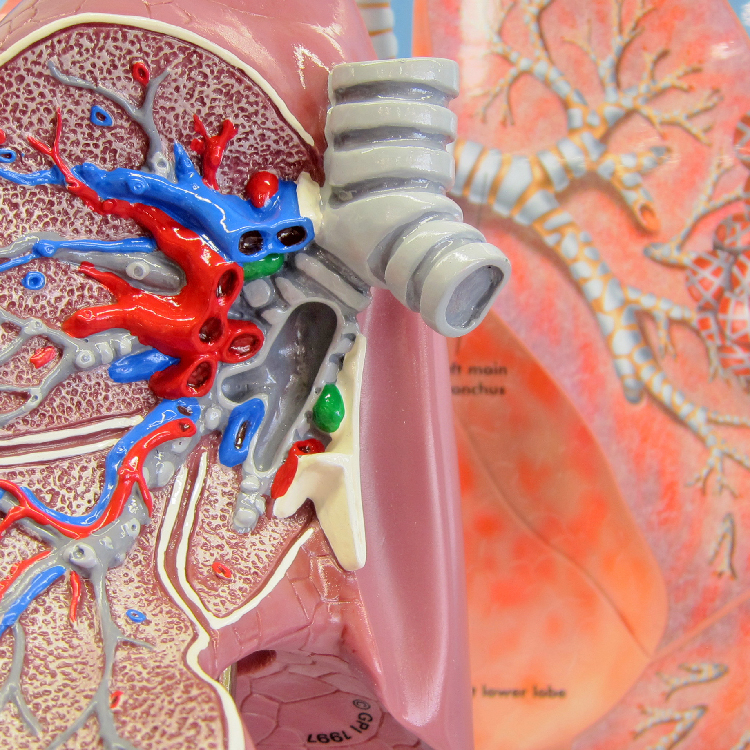
Gas Exchange
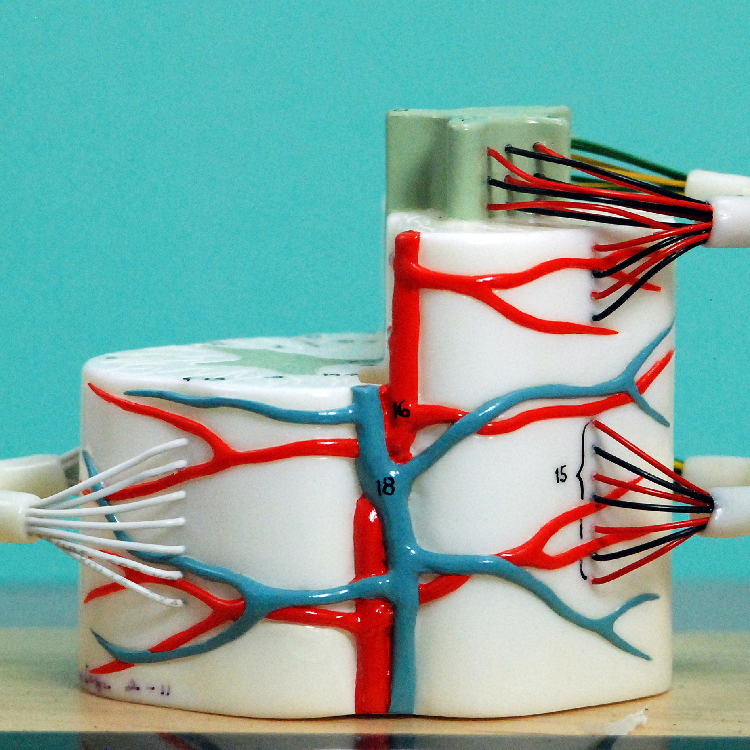
Sensory Systems
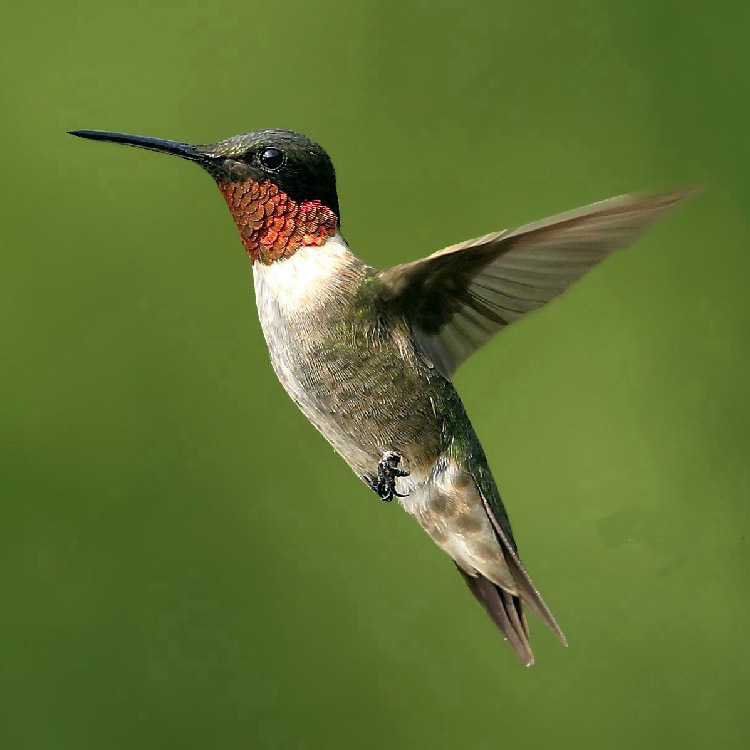
Movement
These characteristics are all correct for animals, BUT… other kinds of species can move (even bacteria); other species can have many cells (plants & fungi), and some fungi, plants, and microscopic species can consume other organisms.
We need to more clearly define animals.
Animals have groups of cells, called tissues, that enable flexible movement. We can see this flexible movement in action when we pinch our skin or in the undulations of this snail.

Most animals have significant differences in the size of the gametes or “sex cells:” the egg is typically much larger than the sperm, and there are often far more sperm. This impacts reproduction significantly in many animal species. Females can invest more energy and time in offspring, protecting and often internally developing the fertilized egg.
Animals are commonly divided into the vertebrates (having a backbone, including humans) and invertebrates (not having a backbone).


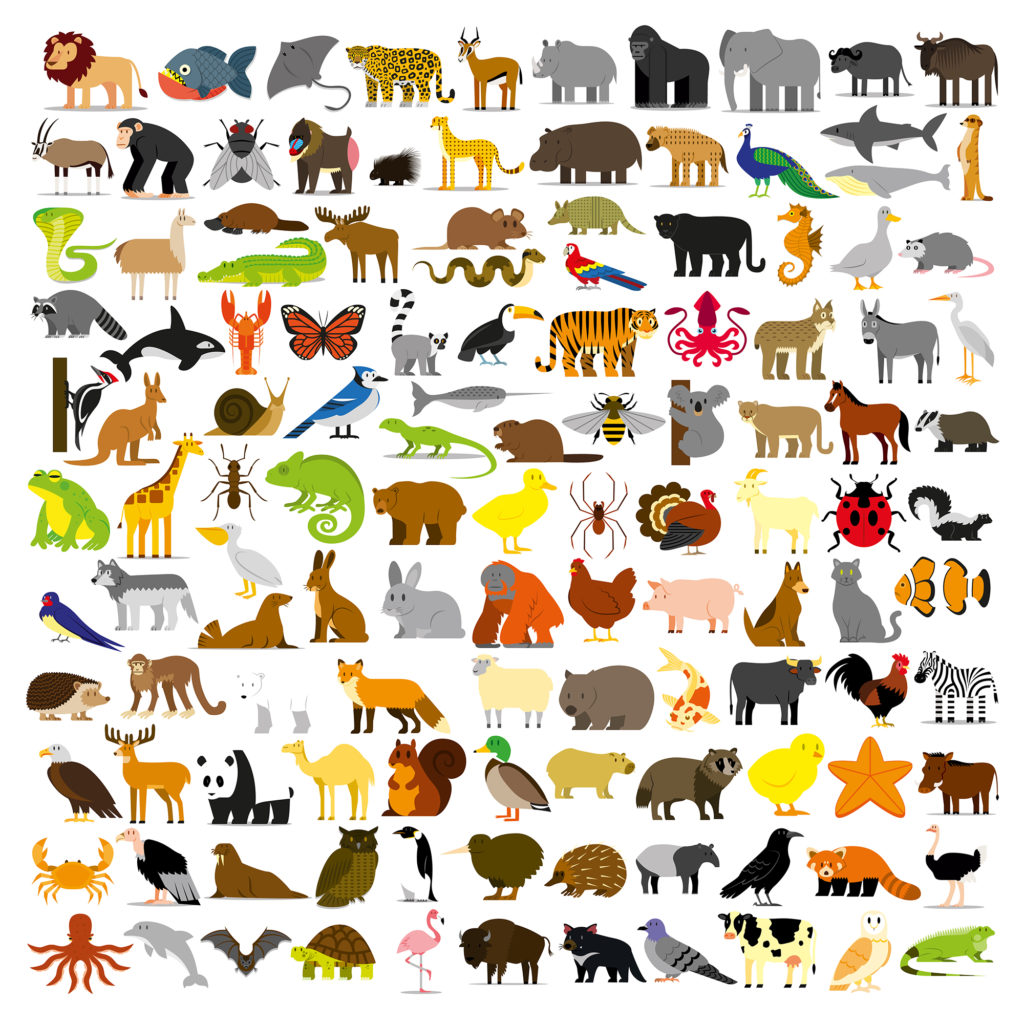
We will primarily focus on invertebrates in this guide, but first we will apply animal characteristics to two more commonly known groups of vertebrate animals: bears and otters.
Bears and Otter are classified in:
Domain Eukaryota
Kingdom Animalia
Phylum Chordata
SubPhylum Vertebrata
Class Mammalia
Order Carnivora, which includes Family Felidae (cats), Family Ursidae (bears), and Family Mustelidae (weasels, otters)
Carnivoras
Carnivoras (formally called Carnivorans) are an order of mammals that primarily eat flesh. This is often confused with the functional group “carnivore” which means any organism that eats an herbivore, like a spider eating a bee, or a human eating a “carnivore pizza” with sausage and pepperoni on it. “Carnivoras” is just referring to an ancestrally related group of mammals, and some of them do not just eat meat, like panda bears.
This video introduces the bears of Family Ursidae.
Bears were in the news a week ago with the National Park Service’s annual “Fat/Healthy Bear Contest.”

Polar bear, koala bear, panda bear; which one isn’t really a bear?
Koala “bears” are actually marsupials, not bears. They have different ancestry and structural features.
Side note, if you have not seen the new panda bear cub at the Smithsonian National Zoo, head to their coverage and giant panda cam.
Continuing the idea that toys can teach real information, this video introduces otters before we watch the real animals in action.
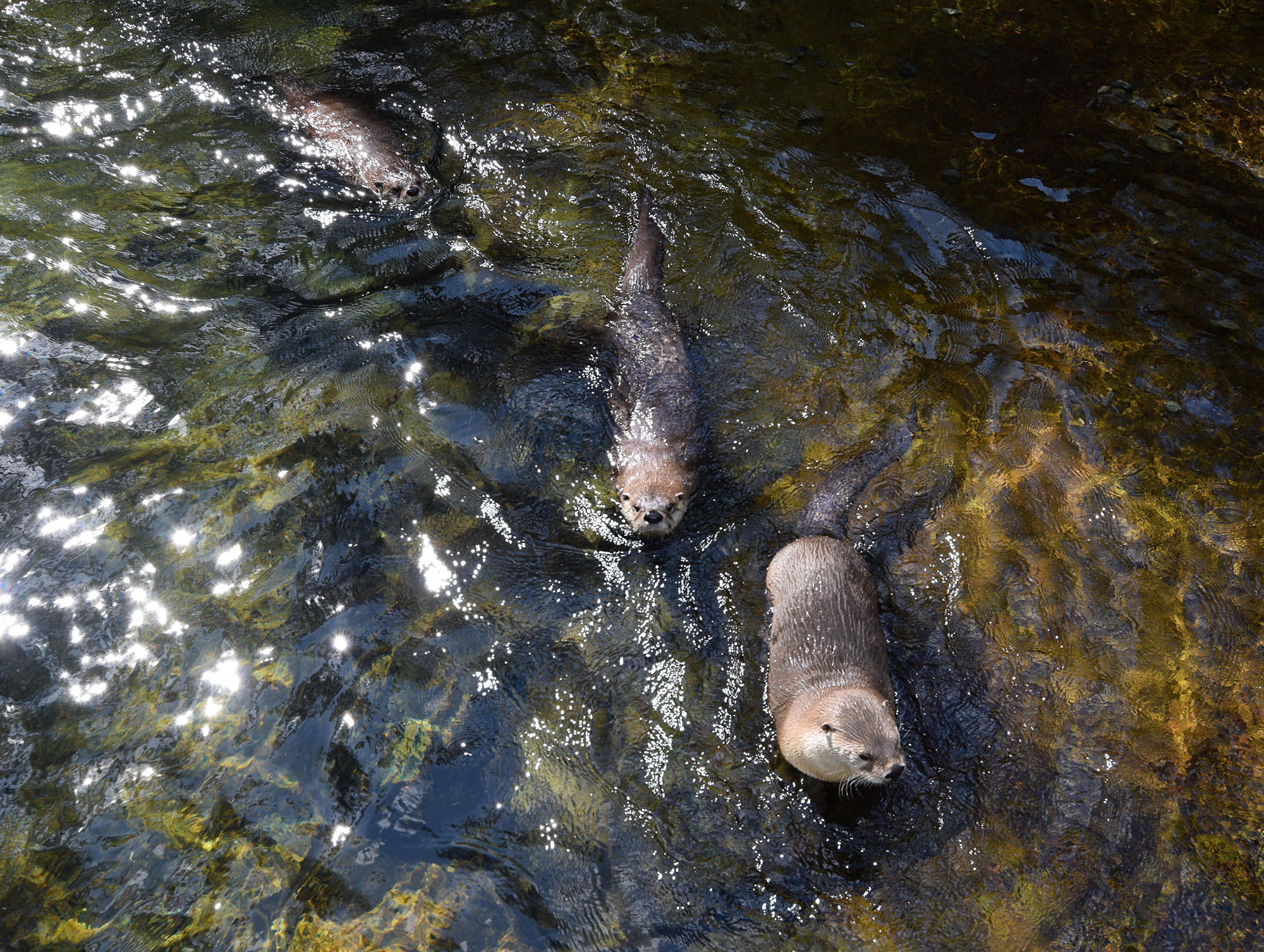
As you watch the next river otter videos, watch for various animal characteristics as well as characteristics specific to otters.
Video was taken at the High Desert Museum.
All otters have a long weasel-like slim body that glides through water. These river otters demonstrate aquatic movement.
River otters also move well on land. Watch their response to a passing stroller.
River otters are known to be highly inquisitive and can quickly learn to “entertain” people as this otter demonstrates. Otters require significant stimulation in captivity or they engage in destructive behaviors.
Need more otters? There are additional videos on the resources page.
The nest section introduces the diverse world of invertebrate animals.

Check your knowledge. Can you:
- list the basic shared characteristics of animals species?
- describe the flexible nature of animal tissues and the size difference between eggs and sperm?
- provide the characteristics of two Carnivoras, bears and otters.



